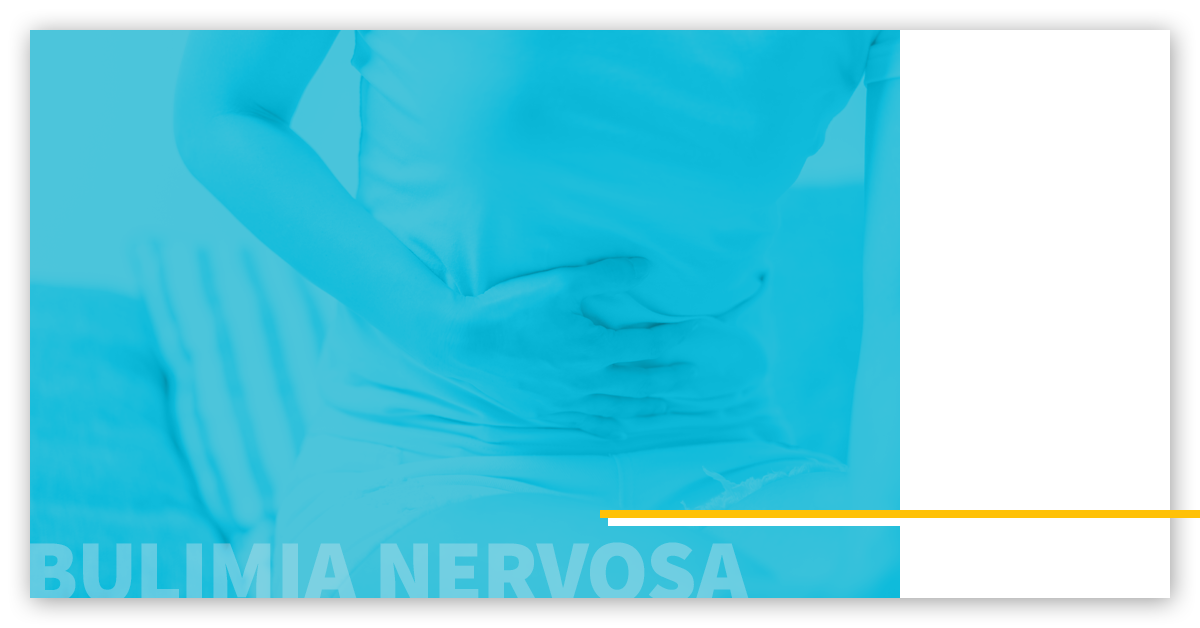What is Bulimia?

Bulimia Nervosa is a serious eating disorder where a patient eats excessive amounts of food in a short period of time (a binge) and then uses unhealthy methods to prevent weight gain from the binge (a purge). Binges last up to two hours, and people consume thousands of calories and massive portions of numerous sorts of food. People often feel upset after binge eating, and their negative emotional state leads to a purge. The most common way people purge is by forcing themselves to throw up, but people also take laxatives or exercise.
While patients with Anorexia Nervosa stand out because of their low body weight, Bulimia Nervosa is much more difficult to recognize because the individual is not at an unhealthy weight. Even though they purge after a binge, they take in so many calories that they are not able to eliminate all the food before an average of 1,200 calories are absorbed. Additionally, it is rare that new patients are forthcoming about the issue. Emotions surrounding denial and control abound. These patients go to great lengths to hide their struggles. Often, it is concerned family members or friends who are crucial to bringing the true nature of the issue to the attention of medical professionals.
Signs that someone might be struggling with bulimia include large amounts of food missing from the pantry and refrigerator or multiple empty food containers appearing in the trash. These patients also have multiple rules around food. They frequently refuse to eat in public and prefer to eat very little in the presence of others. People often focus on fad diets and restrict the kinds of foods they eat. They disappear after eating to purge and often use mouthwash or gum to mask the smells from vomiting.


 Learn
Learn ID Symptom
ID Symptom Find Help
Find Help